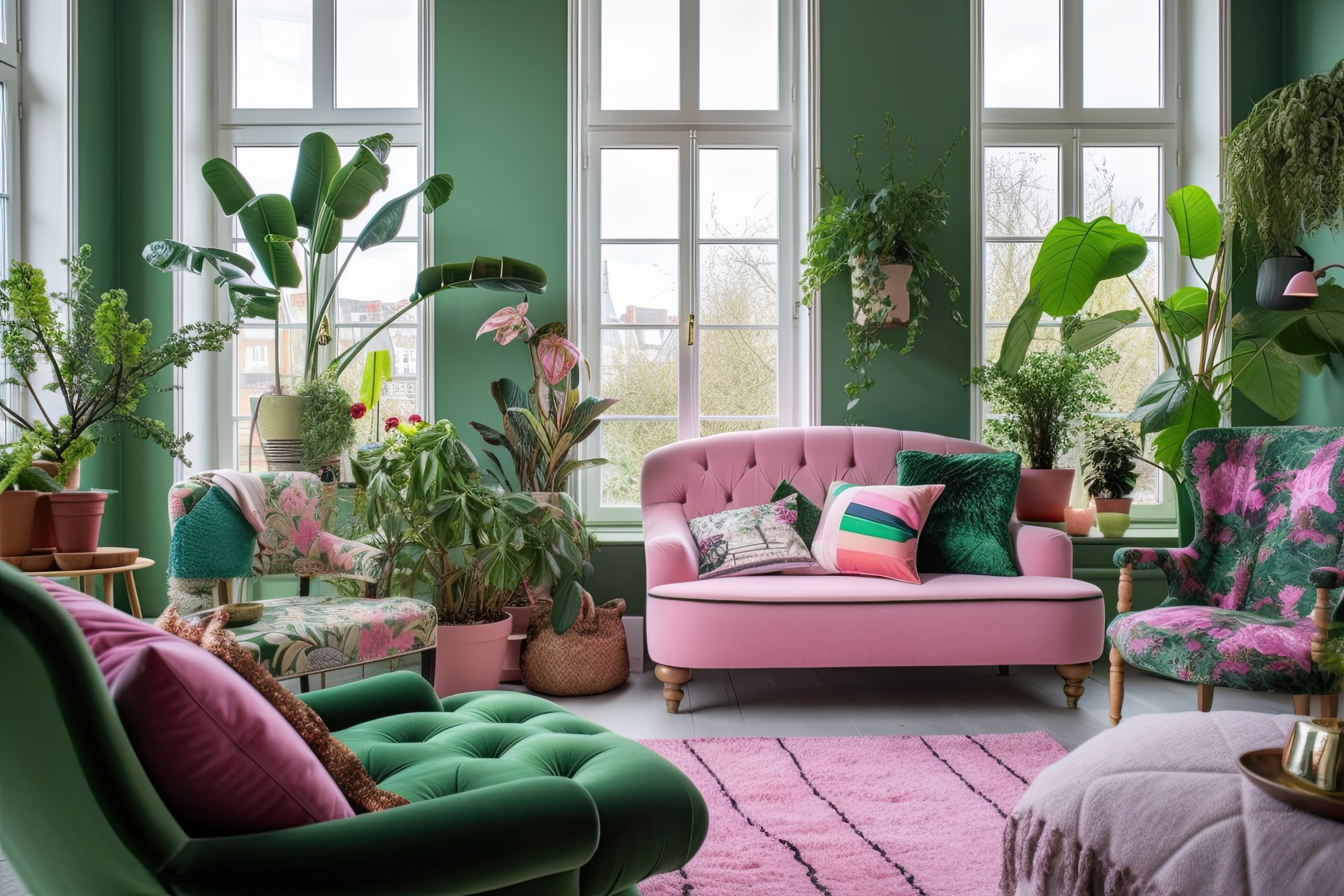The Art of Choosing Colors for Your Home

When it comes to interior design, one of the most impactful decisions you’ll make is choosing the right colors for your home. The colors you select can set the tone, evoke emotions, and create a harmonious atmosphere that reflects your personal style. The first step to selecting the perfect colors for your home is understanding the psychology behind your choices. There is reason for the art of choosing colors for your home. Looking to redesign a room? Or maybe you’re getting ready to paint an entire house. Here are a few tips to get you started.
Understanding Color Psychology in Choosing Colors For Your Home
Although color psychology is a vast subject, it’s essential to understand some basics. Colors are known to have an intense influence on our emotions, feelings, and perception of the space we are in.
- Warm Colors: Warm hues like red, orange, and yellow evoke feelings of energy, warmth, and coziness. This makes them ideal for bedrooms and dining rooms, where you want to create an inviting atmosphere.
- Cool Colors: Cool tones are used to create a feeling of calm and tranquility. Blue, green, and purple shades work well in bedrooms and bathrooms, where you’re looking for a relaxing experience.
- Neutral Colors: It’s easy to make a room feel a little more luxurious with neutral colors like grays, whites, and muted tones. While a full neutral space can feel a little dull (think hospitals), adding a pop of a cool or warm hue can invite a clean and expression-filled space.
Choosing a Color Palette
When selecting a color palette for your home, consider the following factors:
- Existing Elements: When planning your color scheme, keep in mind that flooring, cabinetry, and countertops are often permanent fixtures. Consider choosing a color scheme that complements these elements for a cohesive look throughout your home.
- Natural Light: The color of paint can vary depending on the amount of natural light it receives. Consult our color palette under different lighting conditions to find the most suitable shade for your space. You may find that a shade you love during the day looks dark and dreary once the sun goes down.
- Room Size: Decorating with a lighter color on the walls will make any space feel airy and spacious. Darker colors, like navy blue or dark green, might be good for large rooms to give them a smaller, cozy feeling.
- Color Flow: Aesthetic appeal is a highly subjective quality, and some people prefer to maintain a sense of continuity by using a consistent color flow throughout their home. This doesn’t mean every room must have the same color; instead, there should be a cohesive connection around which the rest of the design materializes.
Harmonious Color Schemes
Ask any artist, and they’ll tell you that some colors just work together, no matter how strange it may seem. There are several different ways to group colors while still making them look cohesive.
- Monochromatic: Using varying shades of one color, you can create a harmonious, soothing atmosphere. This is great for accenting as it allows you to keep your favorite color all around you while still introducing new shades to the mix.
- Complementary: If you look at a color wheel, you’ll find your strangest pairs across from one another. For example, blue and orange compliment each other better than you’d think! This is a great way to highlight details and make your furniture, rugs, or decor pop in your space.
- Analogous: Selecting colors that are adjacent on the color wheel can add a fun effect like the room is slowly changing color. Using colors such as pink, red, and orange can create a cohesive and comfortable look.
- Triadic: Choose three colors that are evenly spaced on the color wheel for a balanced and dynamic palette. An idea would be your primary colors: red, blue, and yellow!
- Neutral with Accents: If you love the look of a neutral palette, but want to add pops of color throughout your home, choose the accessories and artwork you love. Bright colors will stand out in a neutral space and create interest and excitement within your home.
Testing and Experimenting
Choosing a color scheme is one of the most important decisions you’ll make when painting your home. Before committing to a color scheme, it’s wise to test your chosen colors. Most paint stores offer small sample pots that you can apply to a wall or a large piece of cardboard. Observe how the colors look at different times of the day and under various lighting conditions.
It’s All About Personal Style
Color is a powerful tool for transforming your home, but it’s up to you to decide how that power should be used. Whether you’re aiming for a cozy and inviting living room or a tranquil and serene bedroom, the right color palette can transform your space into a reflection of your unique style and enhance the overall ambiance. Remember, there’s no one-size-fits-all approach – take your time, experiment, and enjoy the creative process of making your home a truly colorful masterpiece.
Augustus & Carolina can assist you in choosing colors for your home. With tons of unique options for any aesthetic, we are here to make your vision a reality! Need some inspiration? Check out our indoor furnishing gallery and outdoor gallery. Come visit our showroom at 822 Front Street, Georgetown, SC 29440.

